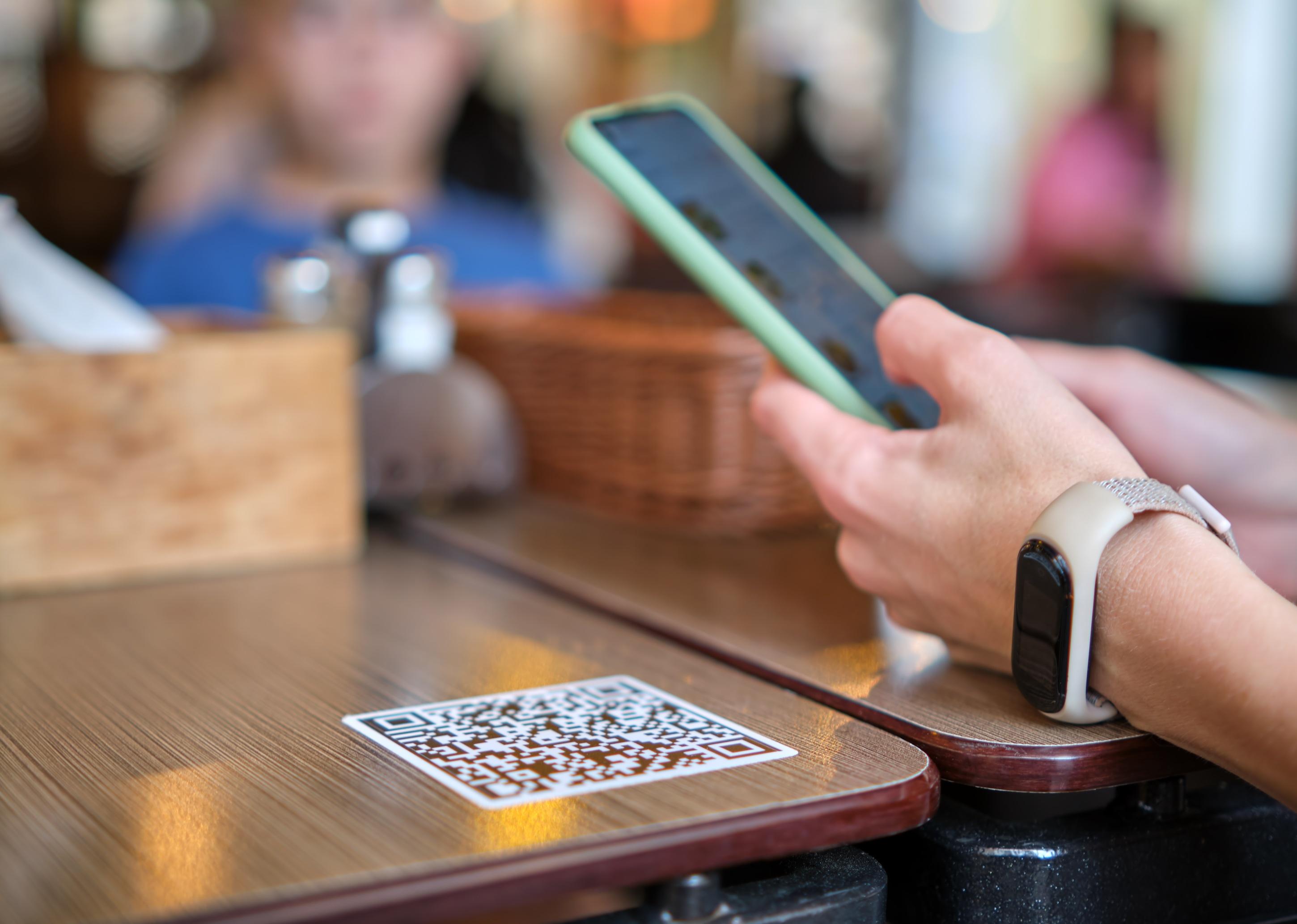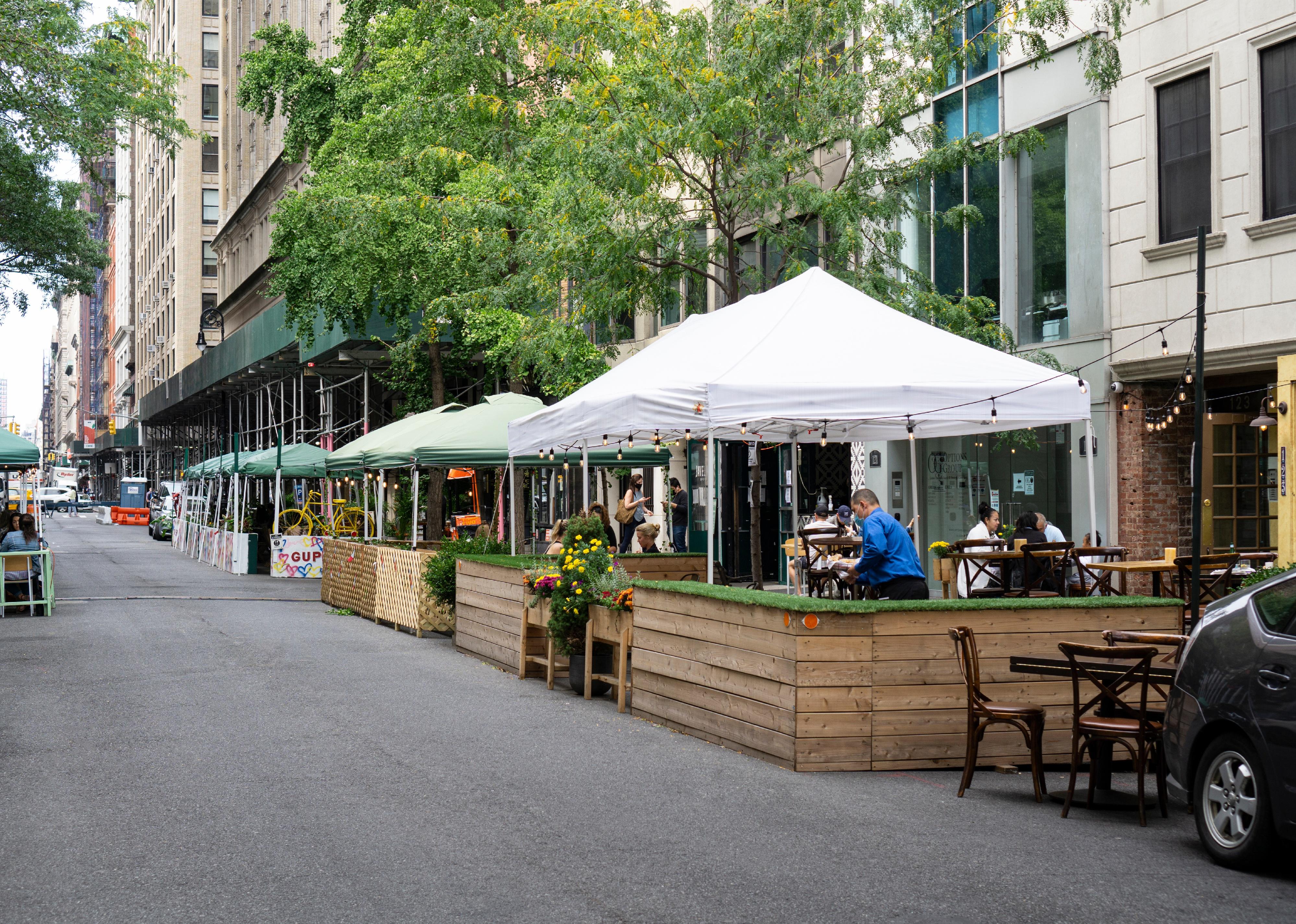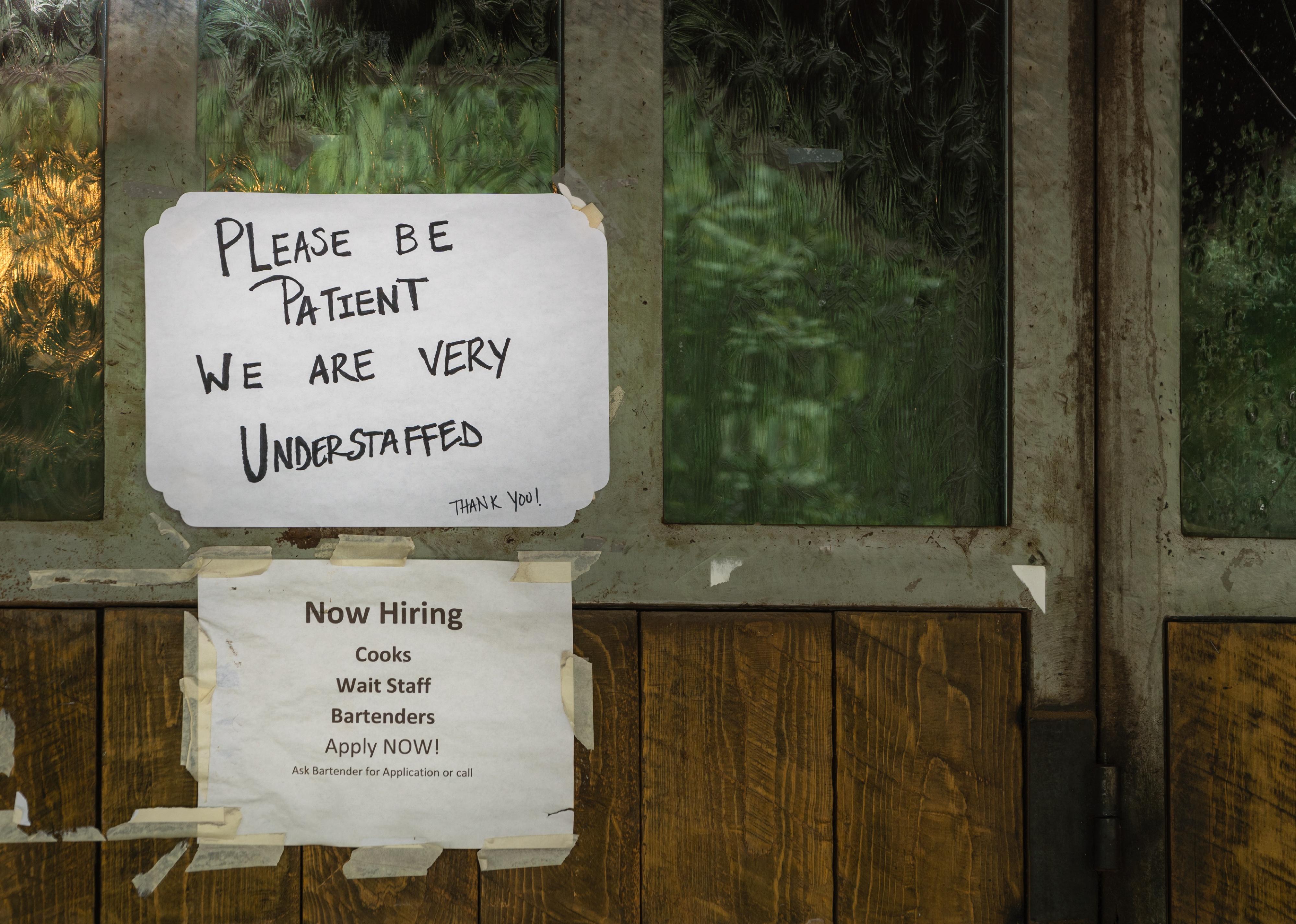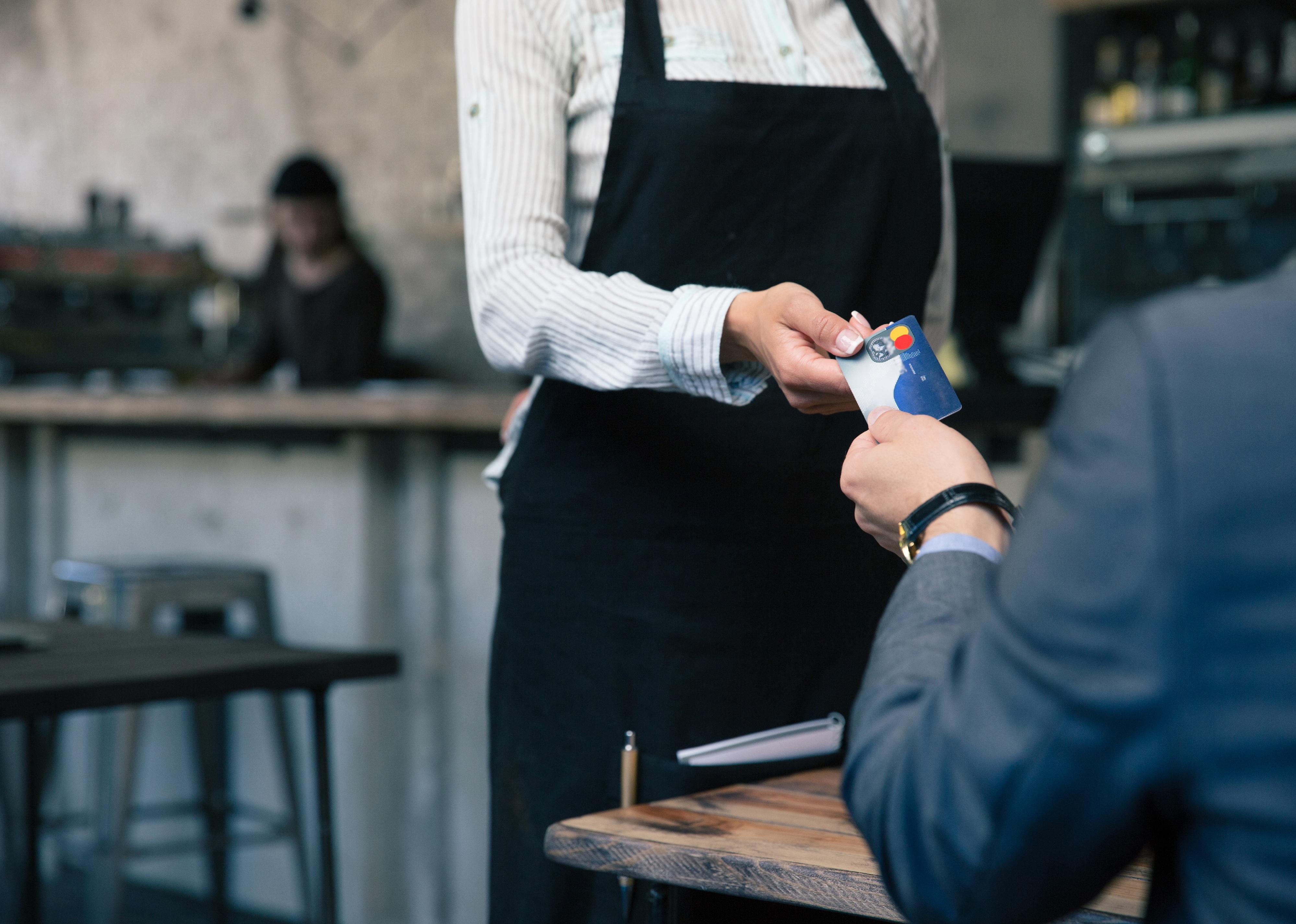COVID-19 changed how we eat out—here are the trends that are here to stay
Monkey Business Images // Shutterstock
Restaurant trends that will last after COVID-19
Group of friends enjoying a meal in a restaurant
Restaurants had to make major adjustments when dining rooms all over the world had to shut down due to COVID-19. Between delivery services and crafty outdoor seating arrangements, businesses got creative to keep customers interested in ordering—yet it still wasn’t enough to keep sales anywhere near pre-pandemic levels. The U.S. restaurant industry brought in about $240 billion less in sales than expected in 2020, and some industry experts say restaurants will never recover from the pandemic.
Task Group collected facts and statistics about trends in the restaurant industry since the beginning of the COVID-19 pandemic from industry experts, government data, and news sources to look into which trends are here to stay.
While the restaurant industry did experience major shifts, the pandemic ended up as a catalyst for the industry. It sparked trends that have helped some restaurants thrive, forcing many to adopt operational changes that may not have been previously considered. However, not all of the restaurant trends from COVID-19 are considered positive, and many businesses continue to face significant setbacks over the past few years. Here are a few examples of creative changes that resulted from the pandemic—with many trends that may have changed how we eat out.
![]()
Bilanol // Shutterstock
QR code menus
Closeup of guest scanning qr code with mobile phone
In order to decrease the spread of COVID-19 on surfaces, many restaurants decided to ditch the use of physical menus and rely on QR code menus instead. Diners use their phone to scan a bar code, taking them to a website where the menu is easy to navigate.
According to a 2021 National Restaurant Association midyear State of the Industry survey, 57% of consumers viewed and ordered from a restaurant’s online menu during the pandemic. What’s more, The New York Times reported that according to another association survey, half of all full-service restaurants initiated QR code menus since the pandemic’s onset.
While this made it easier for diners to minimize their contact, it also eliminated the time staff spent sanitizing menus or printing out new ones. It also reduced the amount of waste produced by the restaurant, especially if the eatery changed menu options often. It has even proven to be a time saver; some restaurants provide patrons a way to pay right on their phone instead of waiting for the waiter, which creates fewer points of contact and a decreased risk of virus spread.
QR codes have also given restaurants an easy way to track consumer data, allowing businesses to build a database of customer history and contact information to increase their email marketing efforts and promote loyalty programs.
Renata Ty // Shutterstock
Street and sidewalk dining
An outdoor restaurant in midtown Manhattan
Once the Centers for Disease Control and Prevention determined COVID-19 virus particles are less likely to spread when outdoors—and in highly ventilated areas—restaurants provided outdoor seating options, often blocking out spaces for tables on sidewalks, curbs, and the street. In September 2021, 72% of full-service restaurants and 57% of limited-service restaurants said they offered outdoor dining via a patio, deck, or sidewalk, according to the National Restaurant Association.
Street eateries became highly successful while expanding the number of tables and increasing business for restaurants, and many continue to offer outdoor seating year-round. New York City, for example, set up a Permanent Open Restaurants program, allowing businesses to take advantage of sidewalk and curbside road space indefinitely.
Heidi Besen // Shutterstock
Staff shortages
Sign in restaurant window dtating restaurant is understaffed
Although some restaurants saw increased business through email marketing and sidewalk dining, many businesses still suffered from staff shortages. In 2020, over 2.5 million restaurant industry jobs disappeared and an estimated 110,000 establishments closed their doors permanently.
Since then, many restaurants never seemed to recover, despite the number of jobs available on the market. In June 2022, there were more than 1.3 million job openings in the accommodation and food services sector, which includes food service and hospitality jobs. In July, the same sector hired about 74,000 people, yet labor is still down significantly.
Gorodenkoff // Shutterstock
Home delivery
Food delivery man delivers restaurant order to a customer
Even though meal delivery service boomed during the pandemic—providing convenience for patrons who would rather play it safe at home—the demand for home delivery has decreased somewhat. Part of the reason is due to rising inflation costs, making meal delivery services pricey compared to grocery shopping or ordering directly from the restaurant. Plus, with vaccines decreasing COVID-19 mortality rates and loosened social distancing guidelines, patrons are making a return to in-person dining, resulting in decreased use of third-party services like DoorDash, Uber Eats, and Grubhub.
ESB Professional // Shutterstock
Price increases
Closeup image of a man giving credit card to waiter in cafe
Inflation is also to blame for the rising costs of food at restaurants—as of July 2022, food away from home costs increased by about 7.6% against July 2021 rates. Staff shortages, supply-chain issues, and even the Russian invasion of Ukraine have caused pricing increases at numerous restaurants across the United States, according to The New York Times.
Some of the foods with climbing prices over the past year include beef, pork, scallops, and wine. Pantry staples like cooking oil and flour have also taken a hit—canola oil prices alone have increased by 159%. With skyrocketing prices, restaurants have little choice but to pass those increases on to their diners, creating a much higher price tag at the end of the meal.
This story originally appeared on Task and was produced and
distributed in partnership with Stacker Studio.





